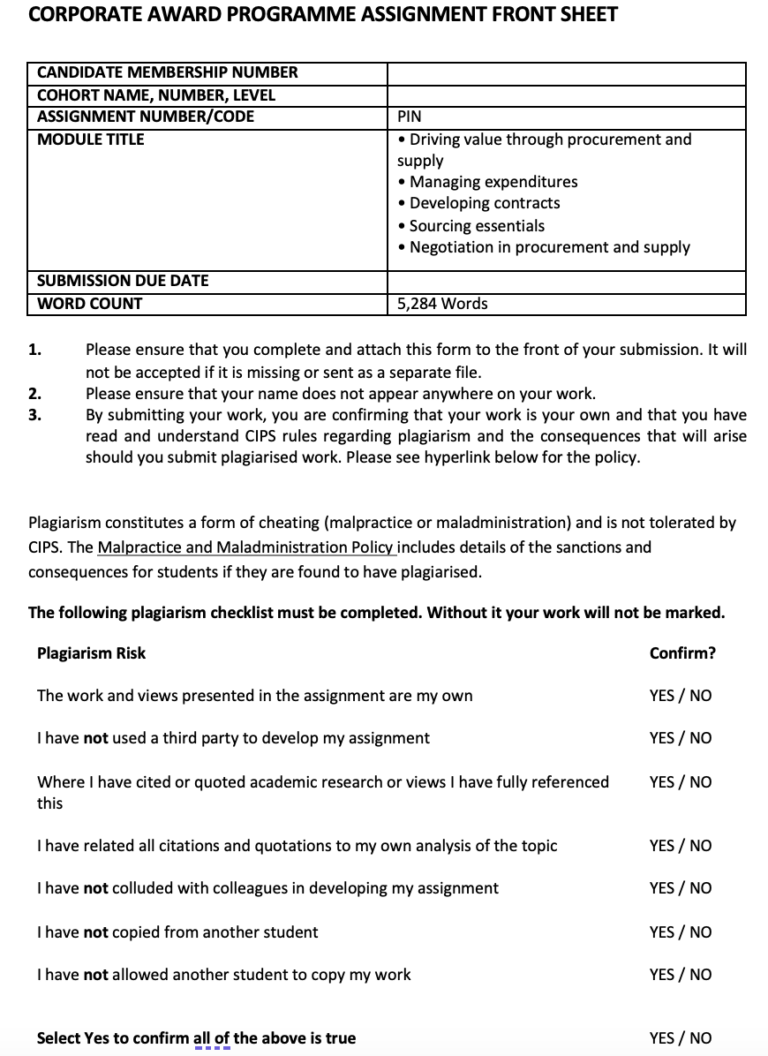Description
Solution
Question 4
High performance work practices (HPWPs) are people management techniques through which employee motivation, productivity and long-term organisational success will be achieved (Mohd Nasurdin et al., 2020). Selective hiring, ongoing skills training and decentralised decision making are key practices under these techniques. Across a number of sectors, it is evident that HPWPs enhance organisational resilience and innovation, as well as employee retention. Nevertheless, the effectiveness of HPWPs is influenced by cultural and resource-based constraints which are not industry specific. This is since there are varying demands and expectations in all sectors and business environment. The best practice is hence to consider the evaluation of all existing approaches for appropriate recommendations.
Role in Boosting Productivity and Innovation
HPWPs have substantially improved employee productivity and spurs innovation, especially in knowledge-intensive sectors. Bhatti et al. (2020), for example, discovered that an increase of 20 percent in productivity was obtained by HPWPs like performance-based incentives and collaborative decisions in technology firms. With HPWPs, these companies get many benefits because they inspire such creativity and autonomy in employees, which is particularly important for problem solving and innovation. Similarly, Kutieshat & Farmanesh (2022) noted that in knowledge-based industries, HPWPs increased creativity by creating a more engaged and experienced workforce capable of handling demanding tasks. However, the effectiveness of HPWP’s in increasing productivity is dependent on the industry in question. In a manufacturing context, for instance, Imran & Atiya (2020) find that the effects of HPWPs on innovation and productivity are limited. Likewise, in industries with rigid operational processes, techniques like employee empowerment or extensive training may not make much of a difference. Such sector-specific variation indicates that HPWPs can bring substantial productivity and innovation benefits, but only if their implementation is tailored towards firms’ areas of core functions and operations dynamics. Adopting these practices may be beneficial in this way as organisations adapt these practices to the particular drivers of productivity in a sector so that the benefits gained through HPWPs can be maximised.
Strengthening Employee Engagement and Retention
Sustaining organisational stability through HWPs plays an important role through engagement and retention of employees. Isimoya et al (2020) reported that organisational implementation of HPWPs had increases in engagement and retention by up to 15%, when such organised career development programme was coupled with individual performance recognition. This is because in such environments, employees were satisfied with their job, committed and they felt a sense of belonging and recognised effort. On the other hand, HPWPs have helped reduce burnout and increase retention rates in healthcare sector though team empowerment and skill development (Memon et al., 2020). Yet the retention benefits of HPWPs may differ among industries with higher turnover, such as retail where job tenures are generally short. While HPWPs offer flexible scheduling and performance-based incentives to improve engagement in retail settings, transient nature of the sector limits its overall long-term effects (Datta et al., 2021). For this reason, HPWPs can play a major part in retention for many industries, even though different industries might require alternative approaches to secure employees for the long-term in sectors characterised with temporary work structures. Overall, HPWPs have strong potential for engagement and retention, but adaptation to context and sector specific sources of support is essential for impact in a range of contexts and sectors.
Increasing Operational Efficiency in Resource-Intensive Industries
In industries where processes generally are resource intensive, HPWPs can contribute to operational efficiency and resulting waste reduction. For example,…..
Please click the following icon to access this project in full
Related Papers
(Solution) (AC2.3) Evaluate the strengths and weaknesses of different methods of recruitment and selection to build effective workforces.
(Solution) 5OS06 (AC1.2) Explain the meanings of ‘leadership development’ and ‘management development’ making a clear distinction between these two functions
(Solution) 5CO02 (AC1.2) Evaluate a range of analysis tools and methods including how they can be applied to diagnose organisational issues, challenges and opportunities
(Solution) (AC2.1) 5HR02 Analyse the impact of effective workforce planning
(Solution) CIPS PSE Introduction ROSHN Organisation
(Solution) CIPS PIN Final Assessment Negotiation in procurement and supply
- In this integrative assessment for Corporate Award Program establishes it has provided a formal commercial negotiation for Occidental of Oman operating in oil and gas industry.
- Commercial negotiation plan has been developed by reference to data, factual information and CIPS tools. HSE and chemicals portfolio spend category has been identified and evaluated in-depth to come up with an appropriate negotiation plan.
- The importance of identifying the HSE and Chemicals are informed by the previous COVID-19 pandemic which has informed on the need for adopting healthy business environment which is free from any infections.
- Further, coming from the pandemic where the level of business operations had significantly reduced and the organisation need to restart their operations by cleansing their systems and machines. In this case, the need for HSE and the chemicals portfolio in Occidental of Oman has been in an upward trajectory.
- For negotiation successful implementation, Occidental of Oman involves professionals, terms and conditions initiated, holistic readiness and streamlined procurement and supply chain approaches. This is with good forecast and plans being core for guaranteeing customers services delivery on time.
- From the analysis, different tools including SWOT, PESTLE and 4R’s have evidenced that Occidental of Oman is always on the advantage of ensuring they achieve the Best Alternative for Negotiated Agreement (BATNA).
- Also, this report highlight the need for holistic planning by prioritising on all expectation from the initial opening to the closure and agreement phases of negotiation.



